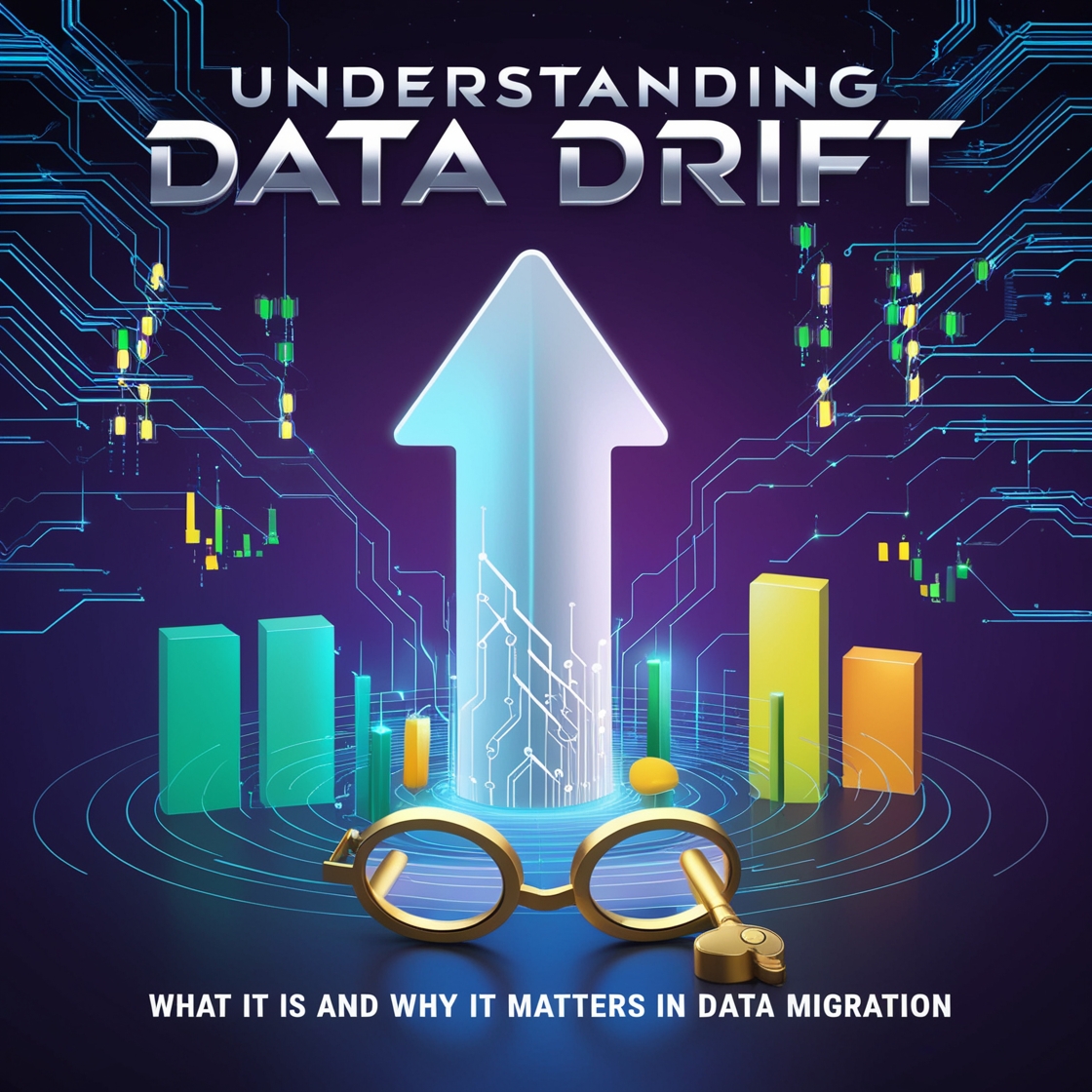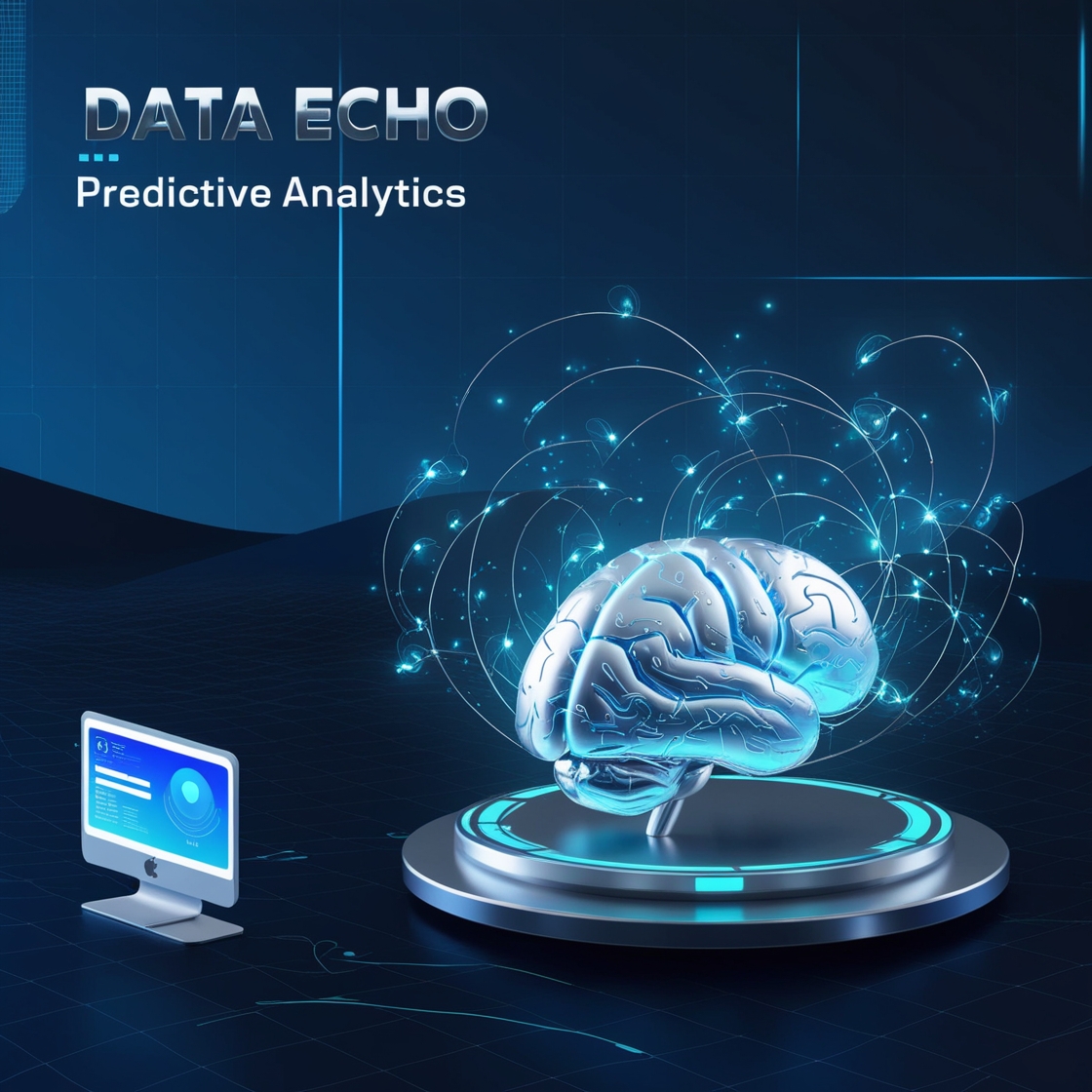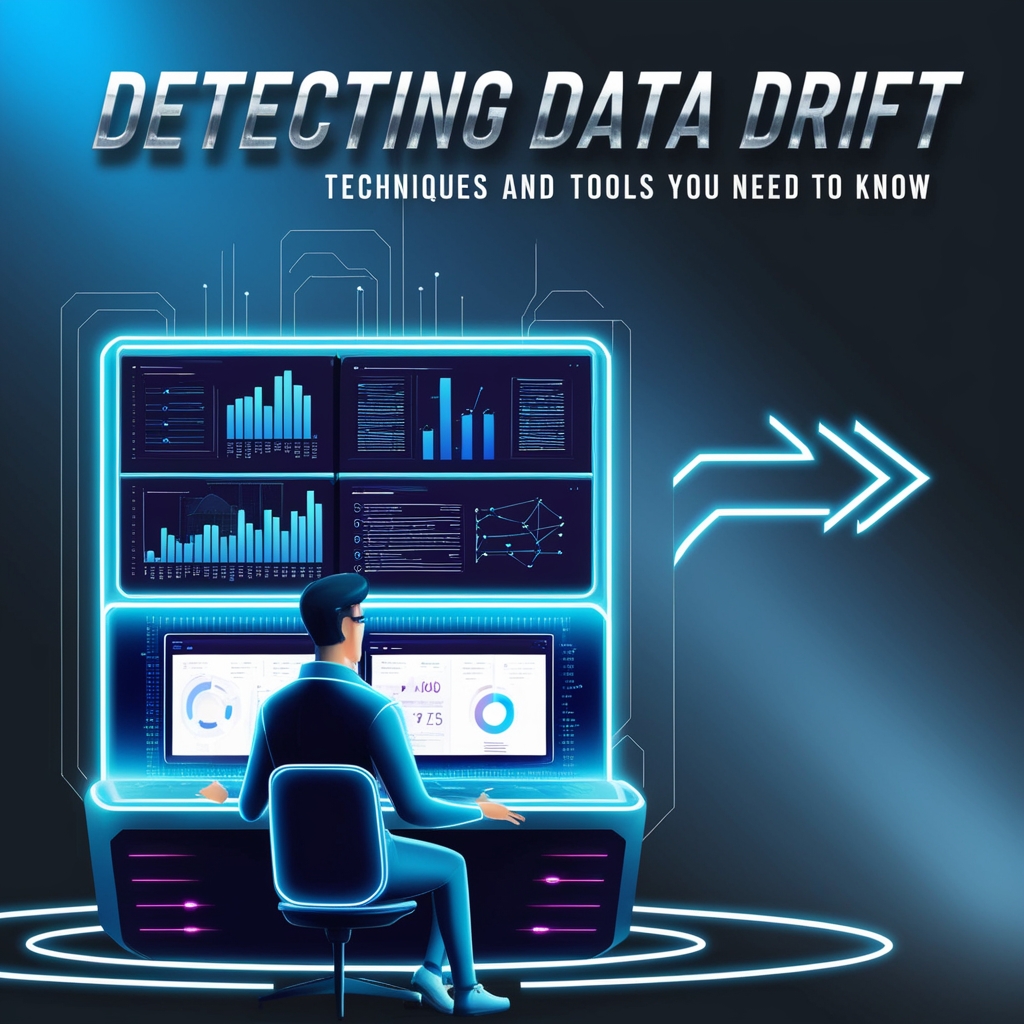Understanding Data Drift: What It Is and Why It Matters in Data Migration
Introduction to Data Drift Data drift is a phenomenon that can occur when data changes over time, often unnoticed, leading to discrepancies in systems that rely on consistent data. It’s particularly critical in the context of data migration—when data is moved from one system to another—because even minor shifts can result in significant downstream effects. … Read more




